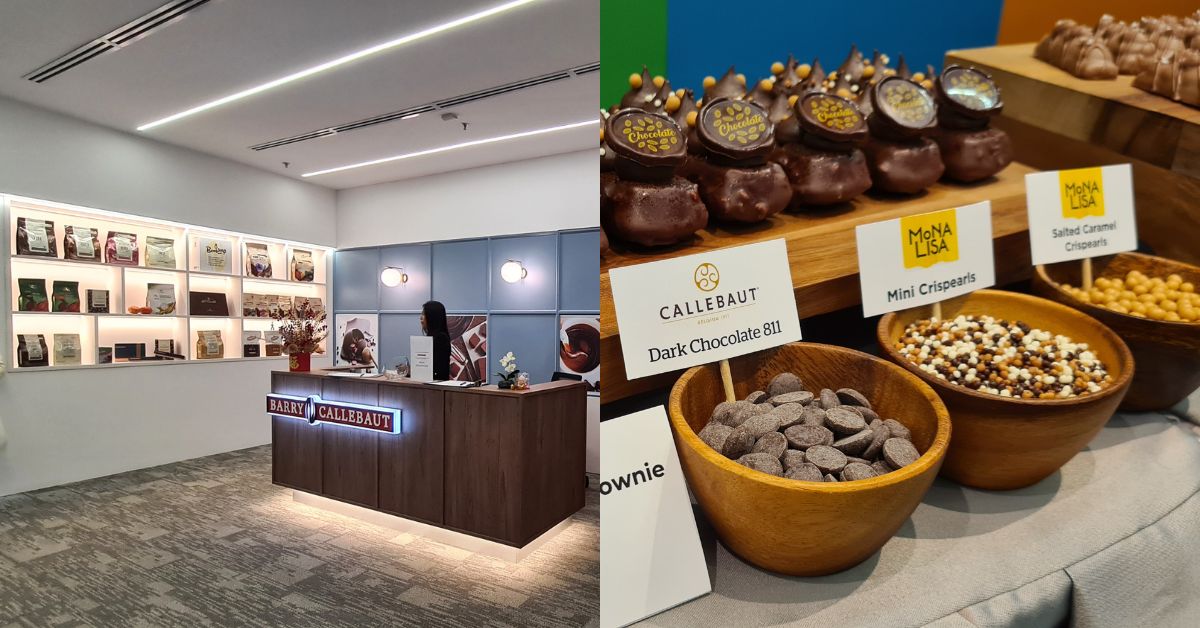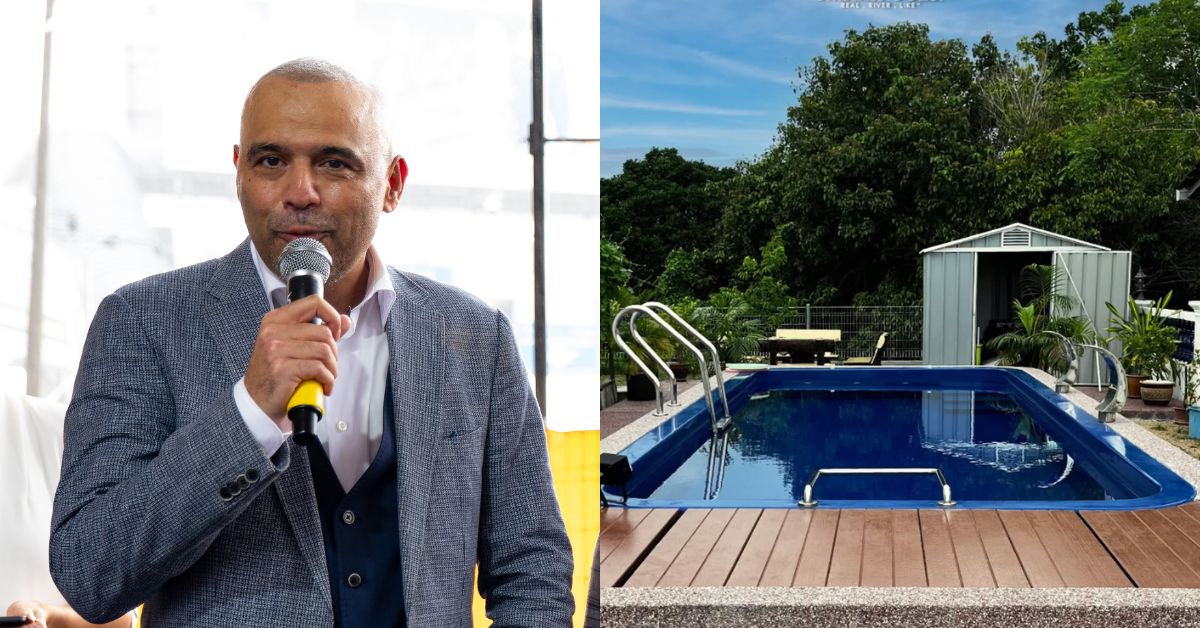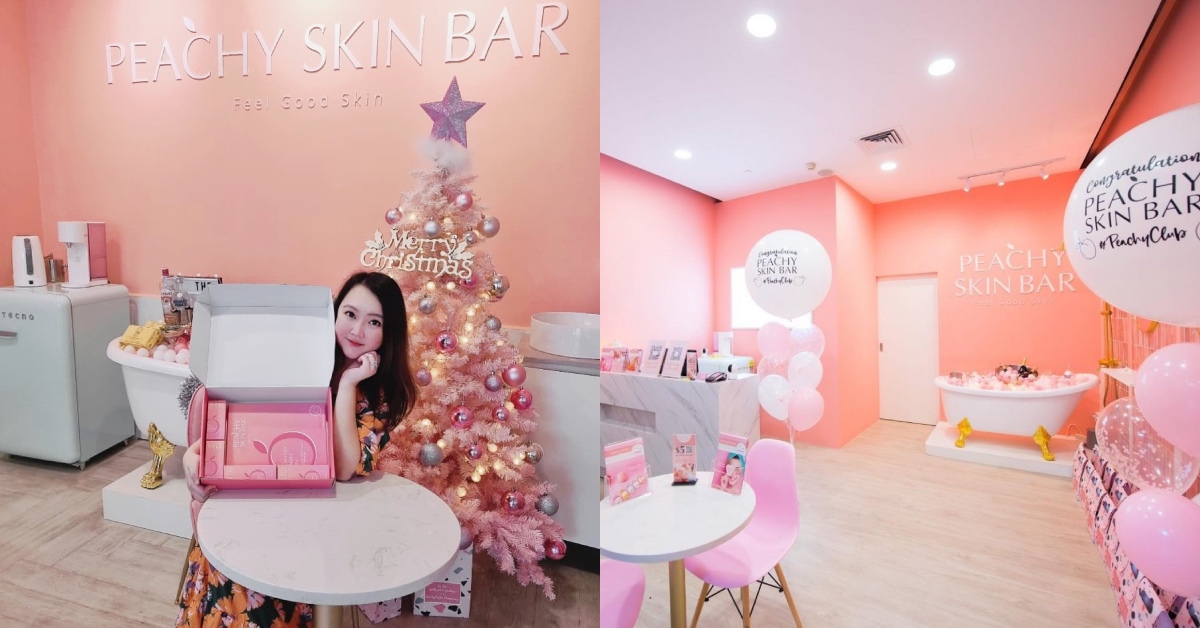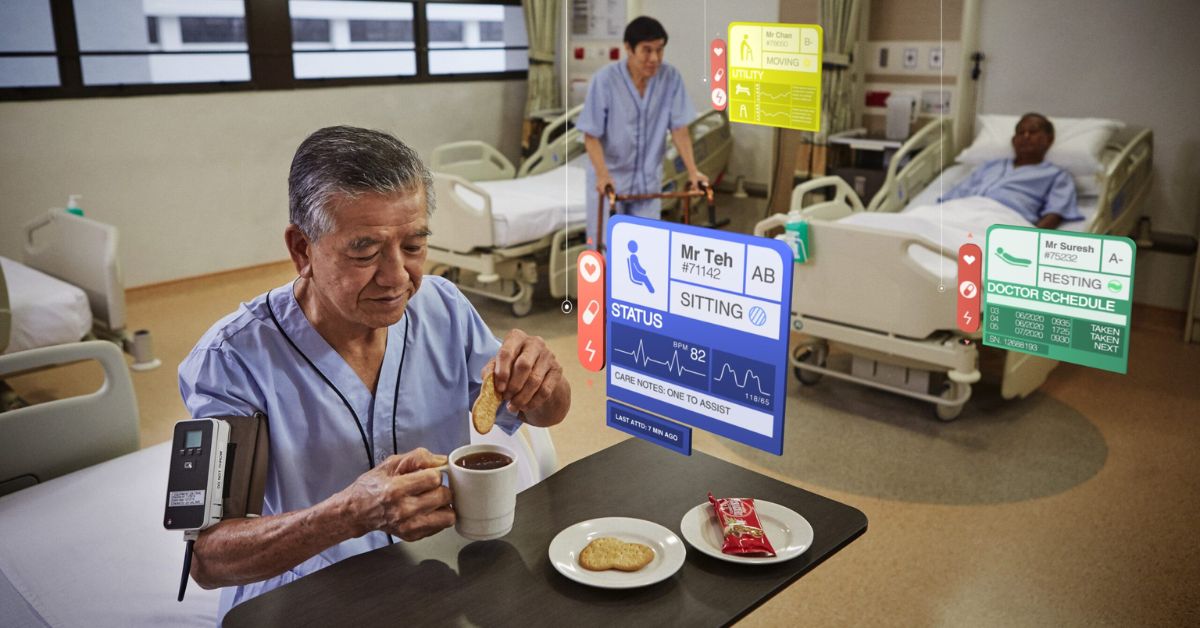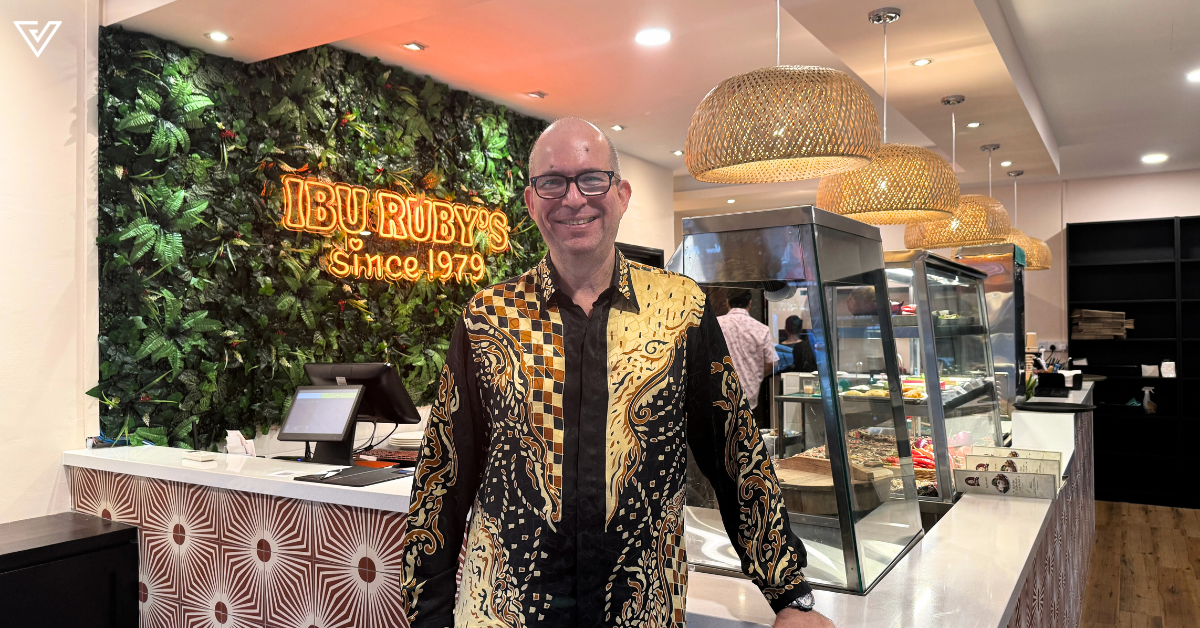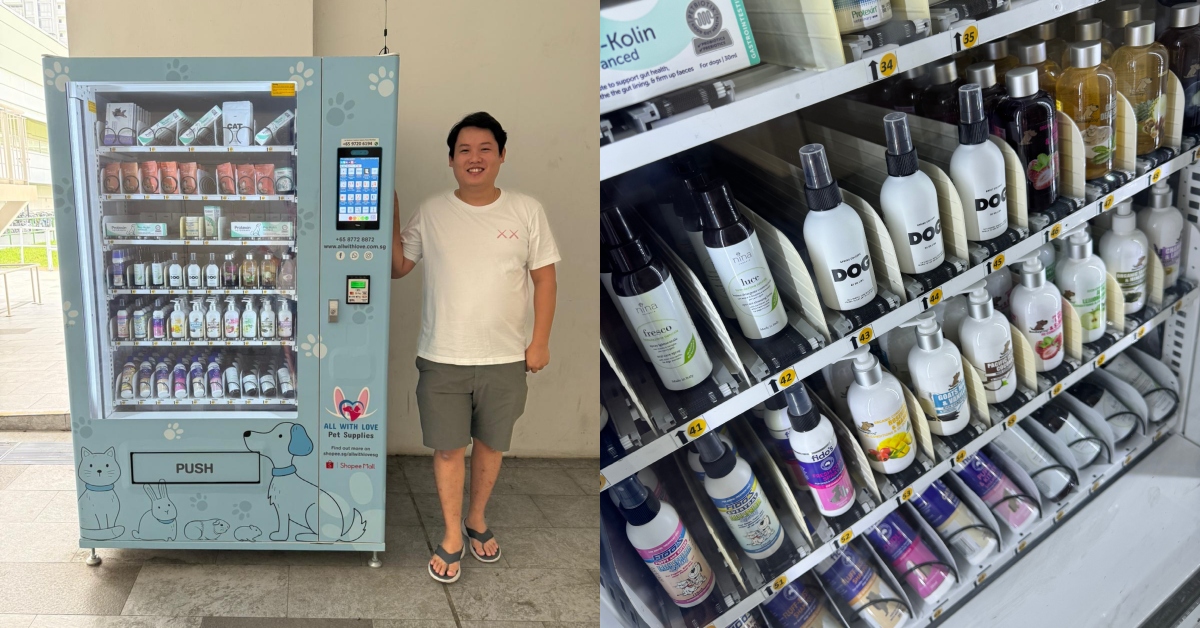In a world where Cadbury’s, Hershey’s, Toblerone, and more, dominate consumers’ minds when chocolate is mentioned, Barry Callebaut might be a less familiar name to many of us…
Even though we’ve probably been eating its products for years.
That’s because it’s actually the supplier of chocolate and cocoa products behind a lot of these household names. If you’ve enjoyed some Milo, Lotus Biscoff, Oreo, or Cadbury recently, you’ve just had a taste of Barry Callebaut.

The Zurich-based chocolatier was the result of a 1996 merger between the Belgian chocolate producer Callebaut and the French company Cacao Barry.
Its Malaysian arm was incorporated as early as 1990 though, and in 2008, it opened a cocoa and chocolate factory located in Port Klang, Selangor, with a cocoa factory in Pasir Gudang, Johor, following later.
Now, it’s officially unveiled its Asia Pacific Business Excellence Center (APAC BEC) in Petaling Jaya, Malaysia.
Malaysia’s chocolate trends
How much chocolate do you think Malaysia annually consumes per capita?
Answer: 0.5kg.
A standard large Cadbury bar you’d find in stores is about 165g, so we eat the equivalent of about three bars each in a year.
But Malaysia’s chocolate consumption still has quite a ways to go in comparison to Western countries.
In Belgium, a country known for its quality chocolates, this number is about 6.4kg per capita. Over in the UK, it’s as high as 8.1kg.

This potential growth for chocolate consumption in Malaysia and the SEA region is exactly what Barry Callebaut wants to leverage, hence the establishment of the APAC BEC.
As for why Malaysia was chosen as the ideal location, the company highlighted a few factors, such as it being “renowned for its world-class infrastructure, strong talent pool, and solid track record as a financial and shared services hub”.
Managing Director of Barry Callebaut in Malaysia, Robert Kotuszewski elaborated, “Malaysia is an important hub for Asia Pacific thanks to its solid manufacturing base, cultural diversity, and multilingual talents who can help our customers and employees connect across markets in the region.”

According to the group, it has invested approximately RM1.3 billion in Malaysia since 1990, and today exports about 80% of its produced goods here to 57 countries.
Across its Pasir Gudang and Port Klang sites, it employs more than 700 employees, and the new APAC BEC already has 100 employees under its wing.
With the goal of consolidating operations and optimising processes and automation, Barry Callebaut is looking to scale to 150 employees in the coming months.
Kotuszewski shared that in the next five years, they plan to double the size of their existing APAC BEC workforce.
When asked if the APAC BEC will open up opportunities for Barry Callebaut to work with Malaysian cocoa plantations, Kotuszewski acknowledged that it could be a possibility.

Malaysia used to be quite the powerhouse in this region for producing cocoa, but it’s an industry that’s been in decline for quite some time now, and much needs to be done to restore its former glory.
Such efforts will come under the purview of the Malaysian Cocoa Board (MCB), which hosted the Malaysia Cocoa and Chocolate Day (MCCD) in 2022, showcasing local cocoa and chocolate brands to the public.
Pioneering unique chocolates

Barry Callebaut produces four varieties of chocolate: dark, milk, white, and ruby, which is its newest creation patented in 2015, and introduced in 2017.
Fun fact: The introduction of ruby chocolate comes 80 years after white chocolate!
The first three are all too familiar to us, but ruby chocolate is something quite special. It looks and tastes like a berry-flavoured chocolate, but what’s mindblowing is that there are no berries or fruits to be found here.

The way Barry Callebaut puts it, not even artificial colours to give it that millennial pink look are used. One of the only additions to it is citric acid, which is used to bring out more pronounced flavours.
Making ruby chocolate all comes down to the type of beans used, and the processes they’re put through. This enables the taste and look of it to come wholly from the ruby beans, which are specifically sourced from Ecuador, Brazil, and Ivory Coast.
In 2020, the brand introduced Evocao, which is a WholeFruit chocolate product, utilising the entirety of the cocoa fruit, for artisans and chefs around the globe. Meanwhile, consumers can expect to purchase it circa 2024.

Something that the brand is now pushing forth is the second generation of chocolate, which requires a redesign of the farming, fermentation, and roasting of the cocoa beans.
Barry Callebaut describes the second generation of chocolate as putting “cocoa first, sugar last”. This means that the dark chocolate is made with only cocoa and sugar, while milk chocolate features the addition of dairy.
It’s part of the brand’s goal to enable consumers to indulge more mindfully, in line with the ever-growing health-conscious trends we see today.
Since Barry Callebaut aims to up Malaysia’s chocolate consumption, this move towards making healthier chocolate is one that bodes well for consumers.

